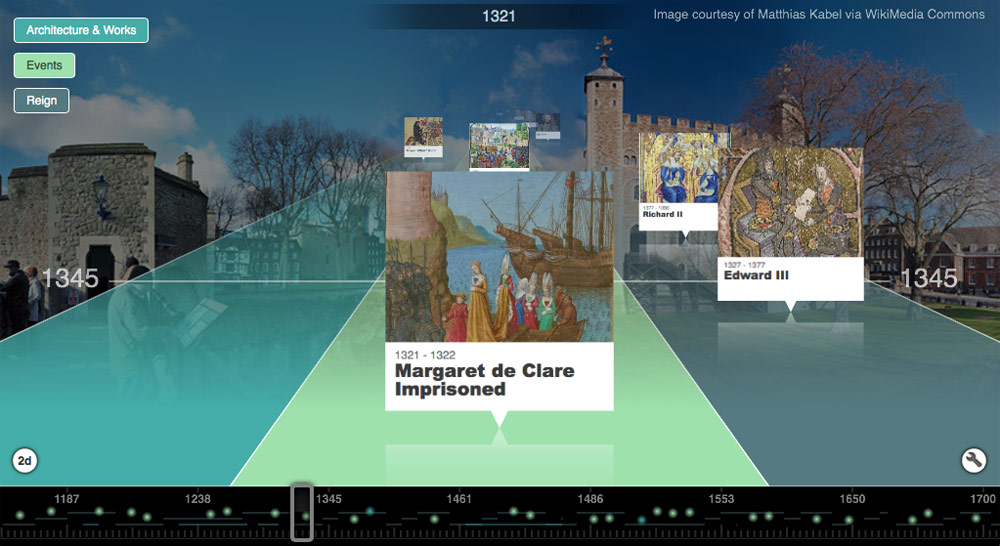

It helped to monitor Earth's ecosystems and natural disasters in real time. With its microgravity environment, the ISS yielded breakthroughs in medicine and biotechnology, materials science, and other areas of research. Multiple extensions of the planned time in orbit, along with additional modules and upgrades, meant that it would endure for twice the length of its earlier timeline.īy far the largest human-made object in space, the ISS was visible to the naked eye from Earth as it completed its 16 daily orbits, varying between 418 km and 422 km above the Earth's surface. Originally intended to last for only 15 years, it continued to defy expectations through the late 2010s and into the 2020s. The International Space Station (ISS), which first became operational in November 2000, has now reached the end of its lifespan. The International Space Station is deorbited Cargo Sous Terrain allows goods to be delivered more efficiently, at more regular intervals, while cutting both air and noise pollution, as well as reducing the burden of traffic on overground roads and freight trains. An additional monorail system for carrying packages, in the roof of the tunnel, moves at twice this speed. The vehicles are propelled by electromagnetic induction and run at 19 mph (30 km/h), operating for 24 hours a day, which includes fully automated loading and unloading. The entire project is powered by renewables. As well as deliveries from production and logistics sites to urban centres, the CST can be used for the movement of recycling and waste products.

Each vehicle is refrigeration-compatible, meaning that fresh and chilled goods can be handled, such as food and medical supplies. *Ībove-ground waystations with vertical lifts enable the rapid transfer of cargo. This is followed by additional tunnel sections and 80 hubs, eventually spanning the entire width of the country by 2045. The first section runs from Härkingen-Niederbipp to Zurich and is around 70 km (43 mi) in length, with 10 hubs between the two regions. This tube network, including the self-driving carts and transfer stations, is built at a cost of $35 billion and is privately financed. * It is designed to mitigate the increasing problem of road traffic, which has grown by 45% in the region since the mid-2010s. Cargo Sous Terrain becomes operational in SwitzerlandĬargo Sous Terrain (CST) is an underground, automated system of freight transport that becomes operational in Switzerland from 2031 onwards.


 0 kommentar(er)
0 kommentar(er)
